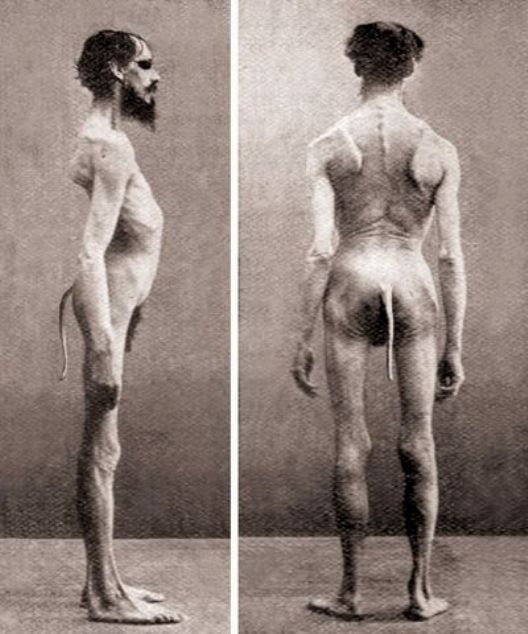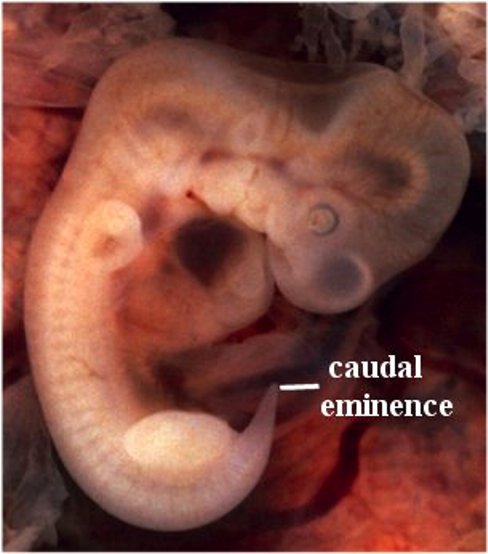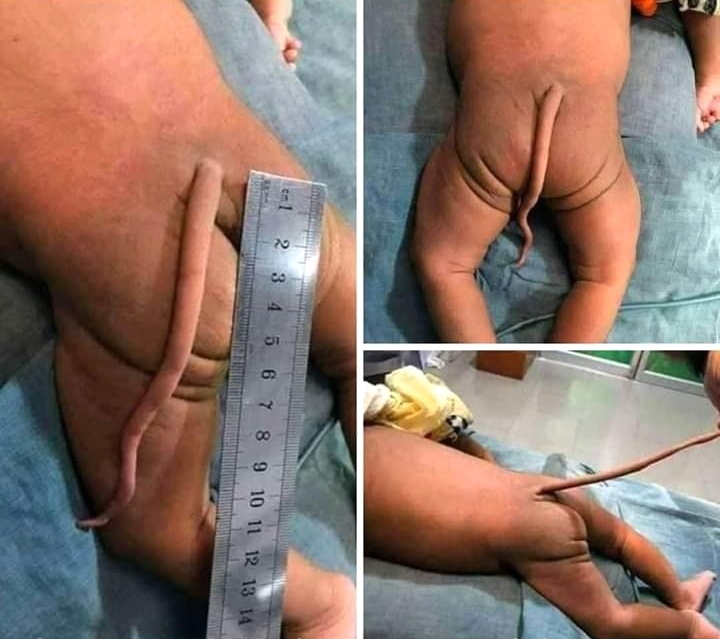
On this month's Oddities in the News Page:
A baby is born with a true tail
IN THE ODDITIES ARCHIVES
Official Pentagon UFO Report
Two-headed snake
Cricket Farm for Food
Mummy Scan
Roswell in the News Again
Baby born with 12 cm-long ‘human tail’ in Brazil




Tribune Web Desk, Chandigarh, November 6, 2021
A baby boy was born in Brazil with a 12 cm-long appendage that had a ball on the end, with scientists calling it "true human tail".
The doctors were able to successfully remove the "chain and ball" after surgery. The baby was born at the Albert Sabin Children's Hospital in the city of Fortaleza.
After an ultrasound scan revealed no concerns relating to the tail being attached to the baby's nervous system, surgeons opted to remove the appendage but they did not detail how they did so.
The surgery, as detailed in the Journal of Pediatric Surgery Case Reports had no complications but no details of the boy's recovery was given.
A true human tail is remnant of the one most babies grow in the womb, before it is reabsorbed into the body, forming the tailbone.
In contrast a pseudo-tail is a protrusion from the bottom of the spinal cord which is characterised by being made out of fat, cartilage and elements of bone, the doctors explained.
The child's birth and tail-removal surgery were pictured in the Journal of Pediatric Surgery Case Reports. According to the study, humans can have a "tail" while in the womb, but it's usually reabsorbed before birth.
See more HERE
The first reports of the "true" tail dates back to the 19th Century, as documented below.


What Is a Human Tail?
To be clear, true human tails are exceedingly rare. They are often referred to as archaic or even as “oddities” because of their rarity. They are also found twice as often in males as they are in females and are not found to be passed down within families.
When a human grows a tail, it's known as a human tail or vestigial tail. Many believe that human ancestors had and used some form of a tail. Over time as a species, however, we evolved past the need for such an organ, which is why the majority of humans no longer grow them.
Most humans grow a tail in the womb, which disappears by eight weeks. The embryonic tail usually grows into the coccyx or the tailbone. The tailbone is a bone located at the end of the spine, below the sacrum. Sometimes, however, the embryonic tail doesn't disappear and the baby is born with it. This is a true human tail.
It's a commonly held belief that the origins of the human tail lie in the ancestors of humans. Scientists believe that humans eventually adapted out of needing tails and so no longer grow them. Some scientists, however, have recently speculated that vestigial tails are linked with abnormalities in the spinal cord and column. Specifically, these scientists see vestigial tails as a part of spinal dysraphism or of a tethered spinal cord.
See more HERE
The below photo reveals a very early embryo that shows the end of the backbone. Most caudal eminences develop naturally and do not turn into tails.

How rare is a baby being born with a tail? There are only 40 cases of true human tails reported in medical literature throughout recorded photographic history. Below are photos of two of these more recent cases.

